In an era dominated by three of the greatest tennis players of all time – Roger Federer, Rafael Nadal, and Novak Djokovic – Andy Murray carved out his own formidable legacy, not just as a multiple Grand Slam winner, but as arguably the most uniquely challenging opponent the “Big Three” consistently faced. While his overall head-to-head records against them might not reflect superiority, the nature of his game often forced these titans to their absolute limits, making every victory against him a hard-fought battle.
Murray’s distinct blend of defensive mastery, tactical brilliance, relentless returning, and unwavering physical and mental fortitude created a puzzle that even the most dominant players struggled to solve. He didn’t always possess the “killer” offensive weaponry of his counterparts, yet his ability to negate their strengths and relentlessly probe their weaknesses made him a grinder’s nightmare.
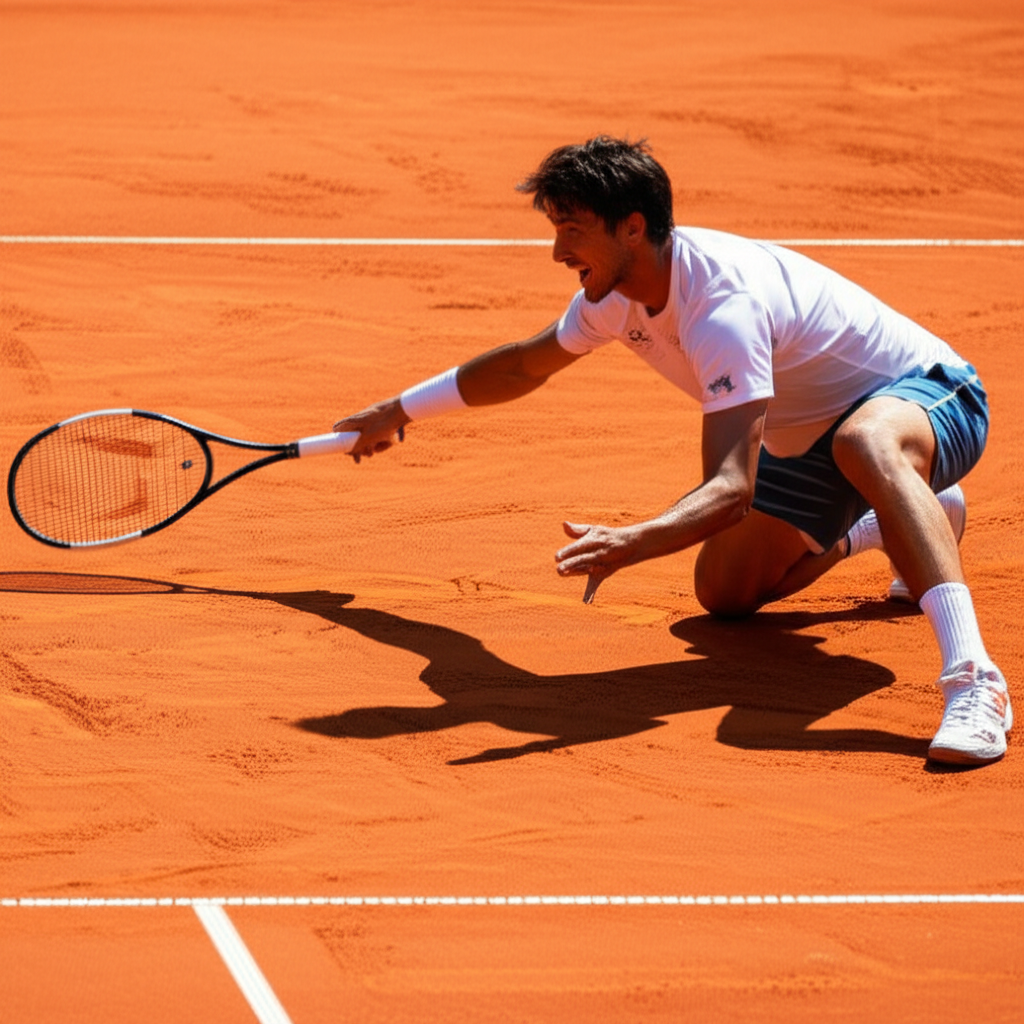
The Defensive Wall: Unparalleled Court Coverage
Andy Murray’s defensive game was nothing short of extraordinary, often described as that of a “defensive genius.” He possessed exceptional raw speed and impeccable recovery footwork, enabling him to chase down seemingly impossible shots and consistently get back into rallies. Unlike some defensive players who might wait for an opening, Murray was “incredible at being the most annoying defender possible,” content to stay passive and wait for his opponent to make an error or a tactical mistake he could then counter-attack.
His ability to hit “weird defensive floaters” that landed deep near the baseline with unusual spin disrupted opponents’ rhythm and bought him crucial time to recover and reset. This consistent retrieval and uncanny court coverage meant that to beat Murray, opponents had to hit not just one winner, but often multiple, perfectly executed shots, pushing them to their limits.
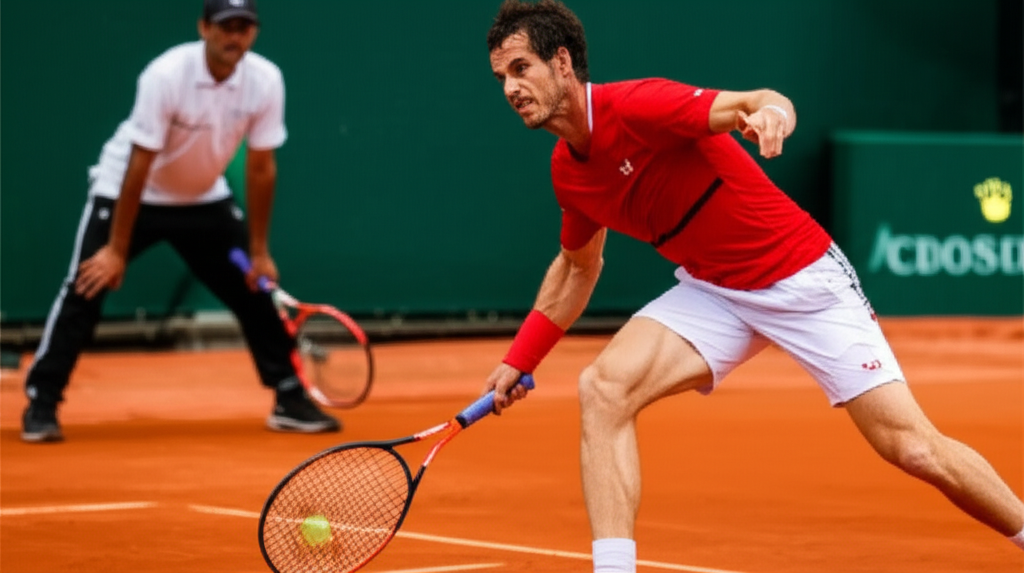
Tactical Genius and Strategic Adaptability
Beyond his physical prowess, Murray was widely regarded as a tactical genius with an exceptional tennis IQ. Former Roland Garros champion Mats Wilander once called Murray a “genius” for his “street sense on the court,” his ability to “sense when to play the right shot,” and his unparalleled understanding of match situations. He could adapt his game plan to exploit specific weaknesses in his opponents, mixing up pace with slice shots and transitioning from defensive play to offensive aggression.
Murray’s tactical notes, which he famously referenced during matches, often revealed detailed strategies tailored to his opponents, focusing on areas like restricting forehands, dictating play, and exploiting movement. This intricate understanding of the game and his opponent’s tendencies allowed him to “plot his way through every point,” even without a single dominant “killer” shot like Nadal’s forehand or Federer’s serve.
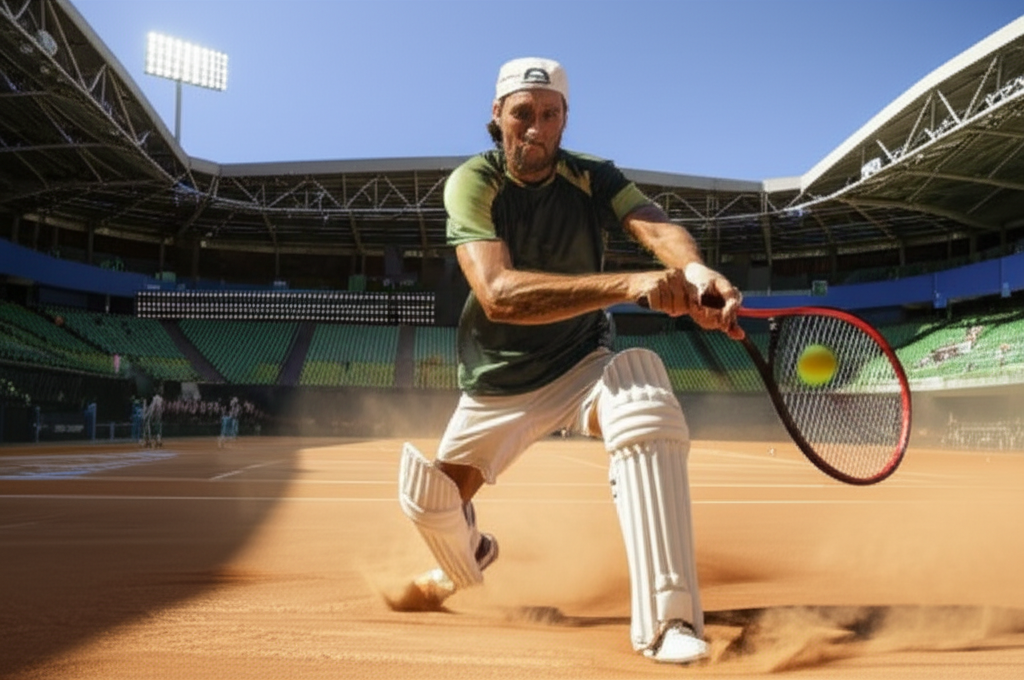
The Return of Serve: A Relentless Weapon
One of Murray’s most potent weapons was his return of serve, which many experts considered among the best in the game, and in some aspects, even superior to Novak Djokovic’s, particularly against big servers. Murray’s statistics back this up, with a career 33% first-serve return points won and 55% second-serve return points won, along with winning 30% of return games.
His ability to neutralize powerful serves, get a high percentage of returns back in play, and often take an aggressive stance on second serves put immense pressure on his opponents from the very first shot of a rally. This forced players like Federer, Nadal, and Djokovic to serve with extra precision and power, knowing that anything less would be punished.
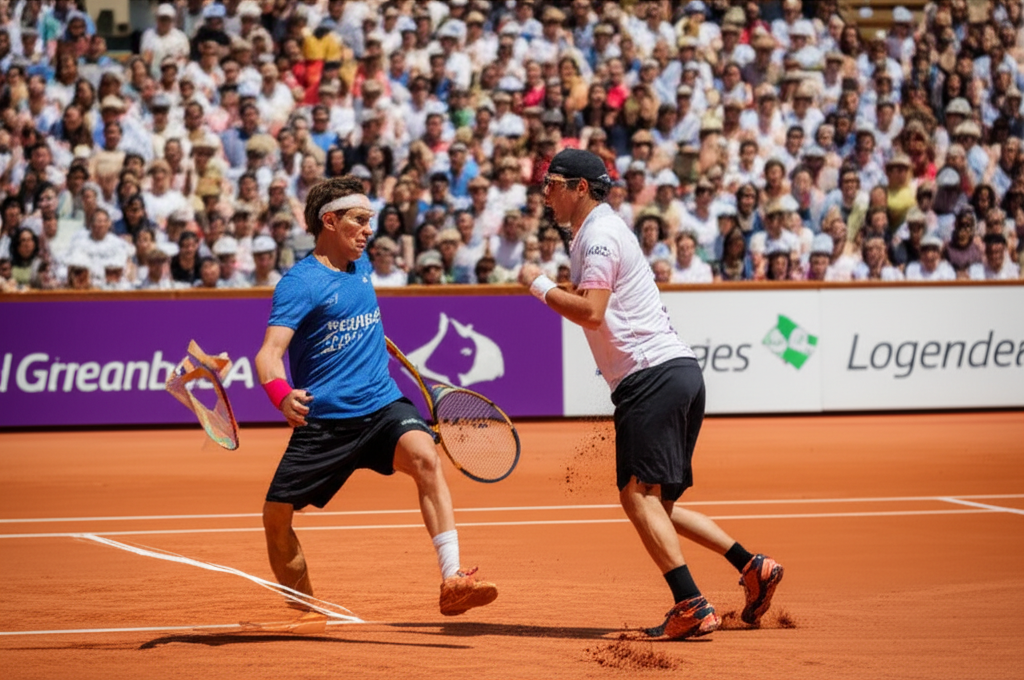
Physical Endurance and Mental Fortitude
Murray’s rise to the top was underpinned by a fanatical dedication to his physical fitness, transforming him from a “scrawny kid” into an athlete capable of enduring brutal, marathon matches. His training regimes, which included intense workouts on machines like the Versaclimber (developed by NASA), built incredible strength, speed, agility, and cardiovascular endurance. He was often considered “possibly the most rounded athlete in the top 4” in terms of fitness.
This supreme conditioning allowed him to outlast opponents in grueling five-setters, famously highlighted by his ability to play for nearly five hours against Matteo Berrettini and then another long match at the Australian Open even in his later career, showcasing remarkable belief in his body. Furthermore, Murray’s mental toughness, characterized by a fierce will to win and a dedication to giving “100% on the court,” was a hallmark of his game. He believed in his ability to beat all players and used every experience, positive or negative, to achieve his goals.
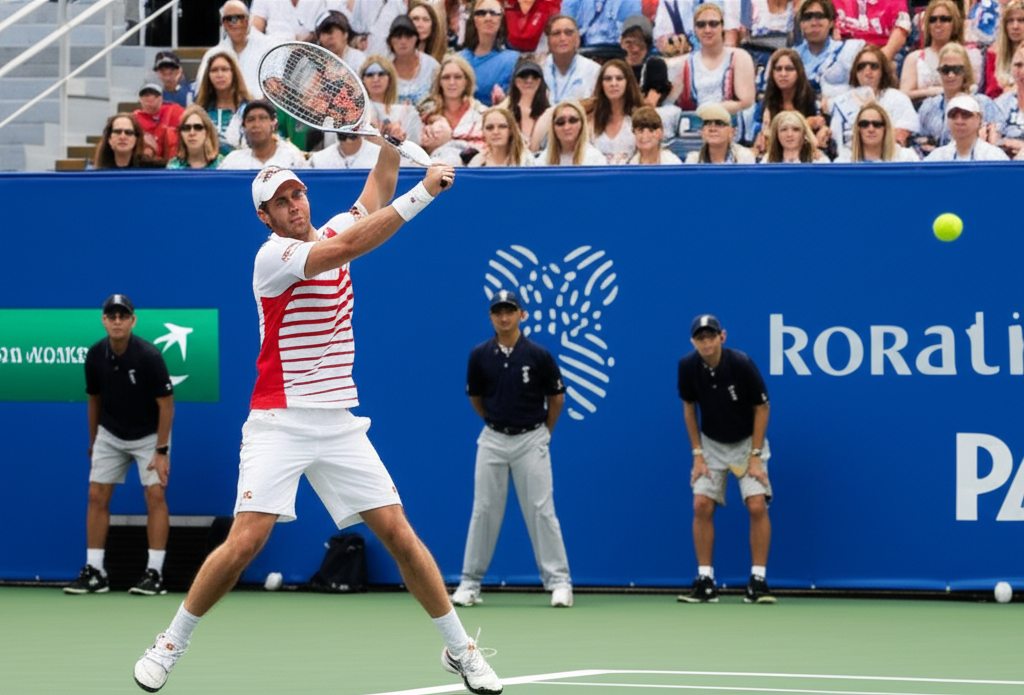
Why “Harder to Beat” Doesn’t Always Mean “More Wins”
Despite these exceptional attributes, Murray’s Grand Slam head-to-head records against the Big Three illustrate the immense challenge he faced: 1-5 against Federer, 2-7 against Nadal, and 2-8 against Djokovic in Grand Slams. His major final losses between 2010 and 2016 (excluding the 2016 Wimbledon final against Milos Raonic) were exclusively against one of the Big Four.
This disparity isn’t due to a lack of skill or effort, but rather a testament to the historically unparalleled dominance of Federer, Nadal, and Djokovic, each possessing a definitive “killer” shot or overwhelming offensive prowess that Murray, for all his completeness, sometimes lacked. His strategic reliance on a grinding game was, at times, a necessity given the absence of a truly monstrous forehand compared to his rivals.
However, the “harder to beat” narrative stems from how Murray’s game relentlessly probed and extended the Big Three, pushing them to their absolute limits and often forcing them into uncomfortable, high-error patterns. Even in defeat, Murray often made his opponents earn every single point, leaving them physically and mentally drained. He consistently reached deep into major tournaments, ensuring that if Federer, Nadal, or Djokovic were to win, they would almost certainly have to contend with Murray’s unique brand of relentless, tactical tennis.
In conclusion, Andy Murray’s legacy is defined not just by his three Grand Slam titles and two Olympic gold medals, but by the relentless, tactical, and physically demanding challenge he posed to the greatest generation of male tennis players. He was a master of turning defense into offense, a strategic wizard, and an unparalleled returner, making him a singularly “harder to beat” opponent whose battles against the Big Three are etched into tennis history.



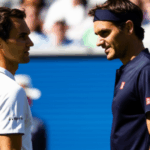

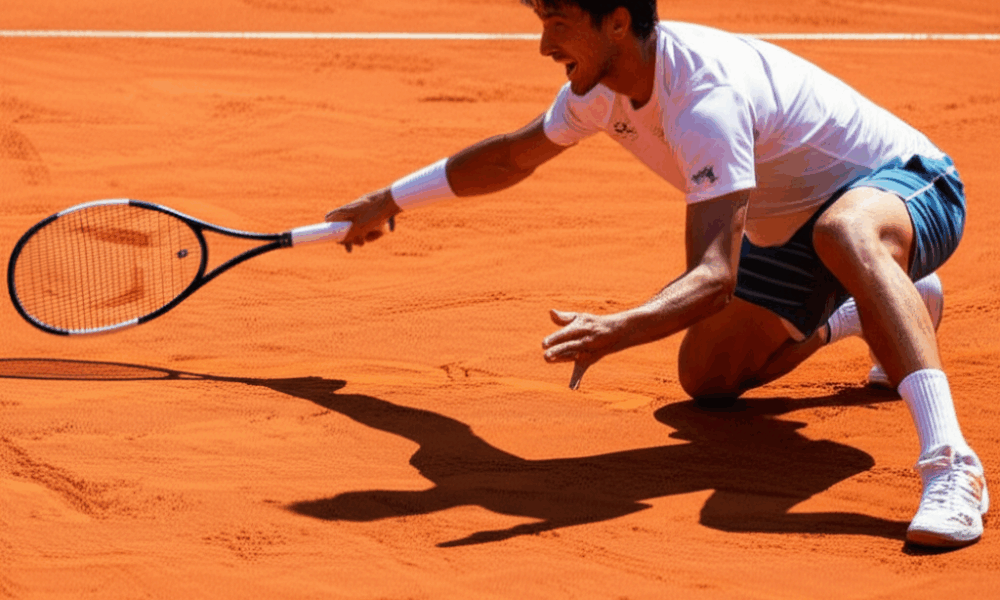
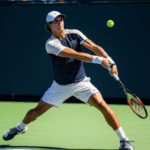
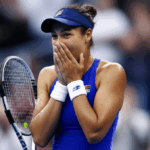
No Comment! Be the first one.